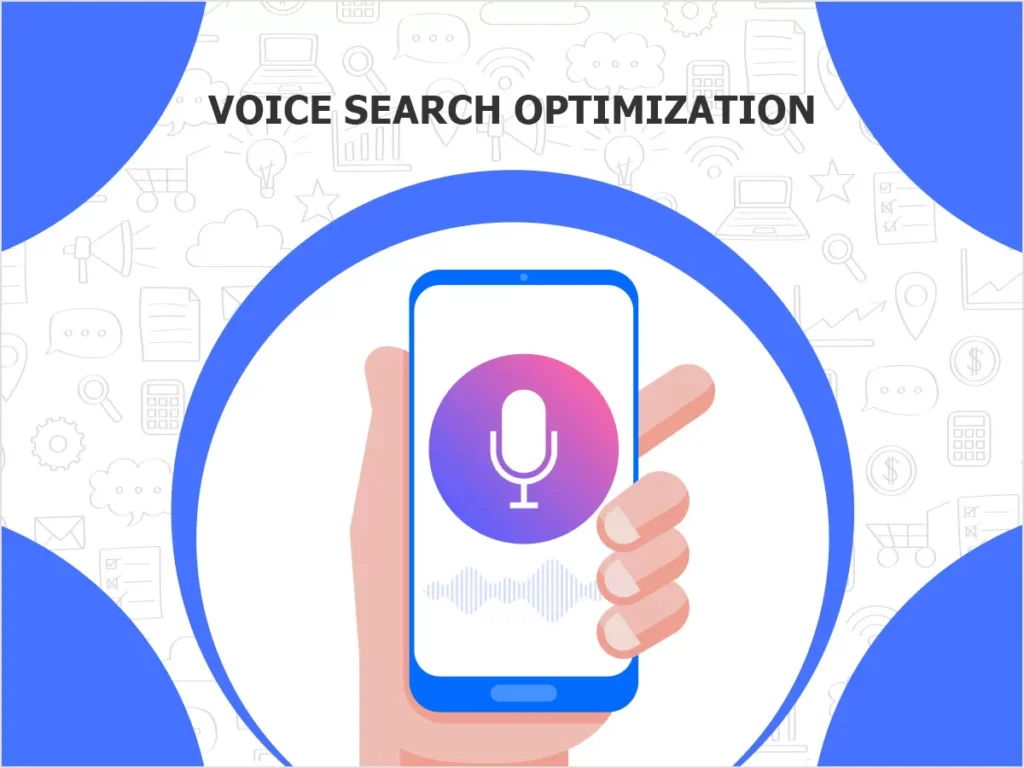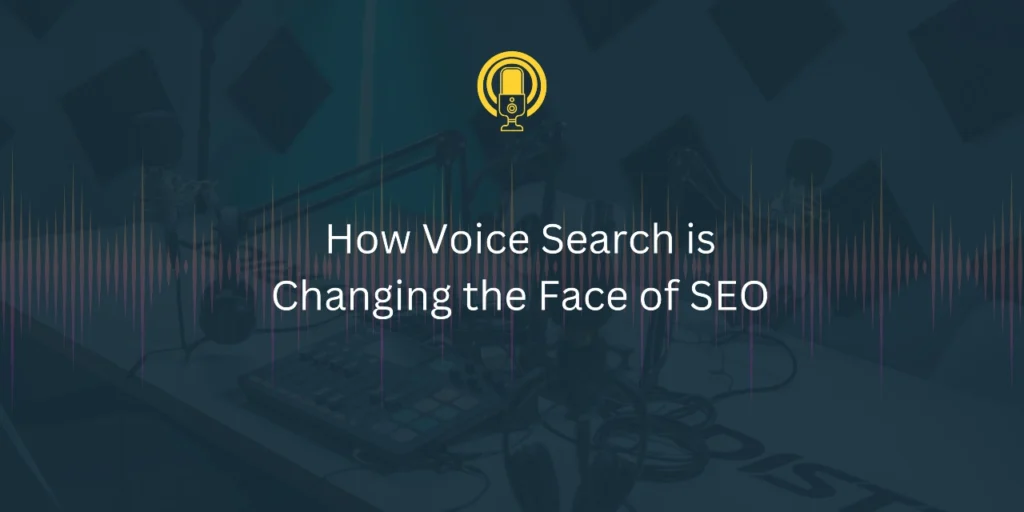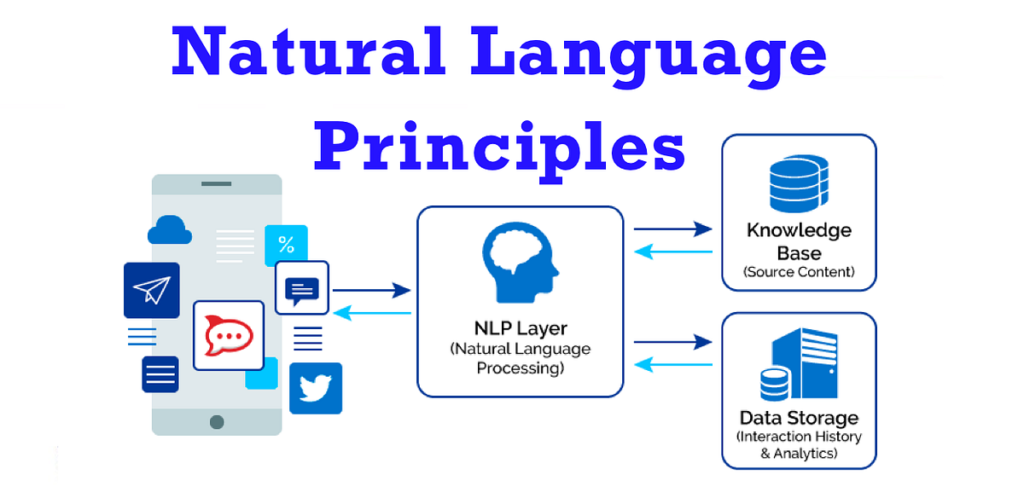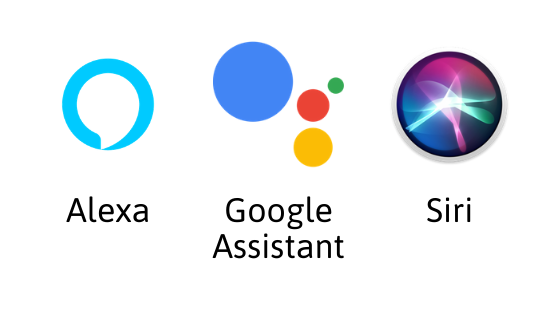Voice Search Optimization: Mastering SEO for Voice-Activated Queries
With the rise of voice-activated technology, Voice Search Optimization (VSO) is crucial for businesses that want to stay visible and competitive. Voice assistants like Siri, Alexa, and Google Assistant are transforming the way people search, as users are increasingly speaking to search engines instead of typing.
By 2025, it’s expected that nearly half of all searches will be voice-activated, making it essential for businesses to understand and implement VSO strategies. This guide explores VSO, including its impacts on SEO, optimization techniques, emerging tools, and practical case studies.

What is Voice Search Optimization?
Voice Search Optimization (VSO) adapts content to match how people naturally phrase questions when speaking. Unlike traditional SEO, which emphasizes short, specific keywords, voice search leans toward natural language, long-tail keywords, and direct answers to common questions. For example, while a typed query may use a phrase like “best restaurants NYC,” voice search often includes full sentences, like “What are the best Italian restaurants near me?”
VSO is crucial for businesses looking to reach their audience through voice search, as the process enables content to rank better for conversational queries. This requires a unique approach that considers user intent, context, and query specificity.

The Rise of Voice-Activated Assistants
Voice-activated assistants have transformed the way users interact with their devices, becoming an essential part of daily life for many. Starting as tools for managing tasks like setting reminders or asking quick questions, voice assistants have grown into more sophisticated platforms that provide recommendations, search for local businesses, and even complete purchases.

Impact on SEO and User Behavior
As more people adopt smart speakers and voice-enabled devices, there’s a clear shift in how they search. Unlike text-based searches, voice search involves longer, more conversational queries. Search engines like Google now prioritize answers that align with spoken queries, using Natural Language Processing (NLP) and Machine Learning to understand context.

How Voice Search Changes SEO
Voice search has introduced new dynamics to SEO, moving from traditional keywords to phrases that match spoken language. Key differences between voice and typed searches include:

1. The Conversational Tone
Most voice queries are phrased in a conversational tone, which means SEO must now focus on full questions instead of isolated keywords. For example:
- Typed: “Weather New York”
- Voice: “What’s the weather like in New York today?”
2. User Intent
Voice searches often reveal more about user intent than text-based searches, as they include specific questions or immediate needs. Businesses can leverage this to create content tailored to intent-based keywords, which is especially valuable for local and service-based businesses.
3. Localization and “Near Me” Searches
Voice searches tend to be local-focused, with “near me” being one of the most common types of queries. Users often ask for nearby options for restaurants, shops, or services, making local SEO and accurate Google My Business listings essential for visibility.
The Role of Natural Language Processing (NLP) in Voice Search
Natural Language Processing (NLP) plays a critical role in voice search. It allows search engines to interpret and respond to queries that include colloquial language, idioms, and context. NLP enables voice assistants to answer complex questions by analyzing word meanings, sentence structure, and context.

Case Study: BERT’s Impact on Voice Search
Google’s BERT (Bidirectional Encoder Representations from Transformers) algorithm enhanced NLP capabilities by focusing on the context of words within sentences, enabling search engines to better understand intent. After the BERT update, voice search queries began returning more accurate results, particularly for longer, question-based queries.
Why NLP Matters for Voice SEO
- Improved Accuracy: NLP helps in breaking down complex questions, making it easier to return relevant results.
- Contextual Relevance: Rather than focusing solely on keywords, NLP interprets meaning based on context, improving answer quality.

Why Voice Search is Gaining Popularity
Voice search is expanding rapidly due to its convenience, accessibility, and hands-free functionality. Here’s a look at some factors behind this growth:

Convenience and Ease of Use
Voice search is quick and hands-free, making it a popular choice for people on the go or multitasking. Users can simply ask their device questions without needing to stop and type.
Increasing Use of Smart Devices
The number of voice-enabled devices has grown exponentially, with nearly 40% of adults in the U.S. using voice search daily. With more people purchasing smart speakers and voice-capable gadgets, voice search has naturally become more common.
Noteworthy Statistics
- 50% of smartphone users engage in voice searches regularly.
- 40% of adults use voice search at least once per day.
- By 2025, 75% of U.S. households are expected to have a smart speaker.
Essential Strategies for Voice Search Optimization
Effective voice search optimization requires adapting content to be conversational, using long-tail keywords, and ensuring fast, mobile-friendly site performance.

1. Targeting Long-Tail Keywords and Conversational Phrases
Long-tail keywords are particularly effective for voice search, as they often capture the full sentences people use when speaking. For example, optimizing for “What are the best pizza restaurants near me?” can help your content rank for voice queries more effectively than simply targeting “pizza restaurants.”
2. Developing FAQ Pages to Address Common Queries
FAQ pages are invaluable for voice search. By answering specific questions directly, you make it easy for search engines to identify and serve up your content for relevant voice queries. Ensure answers are clear, concise, and cover a range of common queries.
3. Using Schema Markup and Structured Data
Schema markup makes it easier for search engines to read and categorize your content. By adding structured data for FAQs, products, and services, you improve your chances of appearing in voice search results and even being chosen as the featured answer.
4. Optimizing Page Load Speed and Mobile Usability
Voice searches are typically conducted on mobile devices, so mobile compatibility and quick load times are essential. Google rewards fast-loading, mobile-optimized sites with higher rankings, especially for voice queries.
Emerging Tools for Voice Search Optimization
There are several tools available that can assist with optimizing for voice search:

1. Google’s Natural Language API
This tool analyzes the structure and meaning of text, helping businesses understand which keywords and phrases will perform well in voice search.
2. AnswerThePublic
AnswerThePublic helps visualize common questions related to your keywords, providing valuable insights into voice-friendly, question-based keywords to target.
3. SEMrush and Ahrefs
Both tools allow you to analyze long-tail keywords and user intent, which is essential for voice search. Their question-focused keyword features are particularly useful for identifying conversational phrases.
4. Google Analytics
Google Analytics now includes insights into voice search traffic, allowing you to identify which voice-based queries bring visitors to your site.
Voice Search Optimization for Local SEO
For local businesses, voice search is a game-changer, as many voice queries are location-specific. To optimize for these queries, focus on local SEO strategies and ensure your Google My Business profile is complete and accurate.

Focusing on “Near Me” Searches
“Near me” searches are some of the most common in voice search, especially for businesses like restaurants, retail stores, and service providers. Ensure your website includes local keywords and update your business hours, contact details, and services on Google My Business.
Optimizing Google My Business Profile
Your Google My Business profile should include:
- Accurate location and contact information
- Updated hours, especially for holidays or special events
- High-quality images of your business
- Relevant categories and keywords
Case Study: Starbucks and Local Voice Optimization
Starbucks optimized its Google My Business listings and voice search strategy to ensure that customers could find nearby locations quickly. By targeting “near me” queries and updating business information frequently, Starbucks saw a 15% increase in store visits, highlighting the impact of local VSO.
Future Trends in Voice Search Optimization
As voice search technology advances, voice commerce (V-commerce) and AI-driven personalization are emerging as significant trends.

Voice Commerce (V-Commerce)
Voice commerce, or V-commerce, allows users to make purchases via voice-activated devices. As more consumers embrace this technology, businesses must optimize product descriptions and e-commerce pages for voice searches. For example, focusing on keywords like “buy organic shampoo” or “order groceries” aligns with voice-based shopping behaviors.
AI and Machine Learning
AI-driven technologies will personalize voice search even further, analyzing user behavior to deliver tailored responses. Future developments may allow voice assistants to interpret user preferences and browsing history, providing more accurate recommendations.
Challenges in Voice Search Optimization
Optimizing for voice search offers distinct advantages, but it also comes with challenges.

Privacy and Data Concerns
Voice search collects data, which raises privacy concerns for users. Businesses need to prioritize data privacy, ensuring they adhere to regulations like GDPR while still optimizing for voice.
Platform-Specific Algorithms
Each voice assistant (Siri, Alexa, Google Assistant) has unique algorithms, making it difficult to create a one-size-fits-all strategy. Testing across platforms is essential to ensure compatibility.
Measuring Success in Voice Search Optimization
Analyzing the performance of your voice search optimization efforts helps refine your strategy.

Voice SEO Metrics
- Engagement Rates: Higher engagement rates often indicate relevance to the user’s query.
- Click-Through Rates (CTR): High CTR suggests that users find your content valuable.
- Bounce Rates: Low bounce rates indicate users are finding the answers they need.
Setting Up Google Analytics for Voice Search
Google Analytics allows you to track voice search queries, helping you understand which questions bring users to your site. Set up filters to capture voice-related phrases, such as “how,” “why,” “where,” and “when” queries.
Practical Steps to Implement Voice Search Optimization
Here’s a checklist of practical steps to implement VSO:
- Research Long-Tail Keywords: Use tools like AnswerThePublic and SEMrush to find conversational keywords.
- Create FAQ Pages: Develop a comprehensive FAQ section to answer common questions related to your business.
- Use Schema Markup: Implement structured data for products, services, and FAQs.
- Focus on Local SEO: Optimize your Google My Business profile and include location-based keywords.
- Improve Page Speed: Ensure your website loads quickly on mobile to support voice searches.
- Monitor Performance: Use Google Analytics and other tools to track voice search traffic and refine your strategy.
Frequently Asked Questions
Conclusion: The Future of Voice Search Optimization
Voice search optimization is rapidly becoming a cornerstone of effective SEO, with more people using voice-activated devices daily. Businesses that adapt to this trend by focusing on conversational language, local SEO, and quick-loading mobile content will see greater visibility and engagement.
With the future likely to bring advancements in AI and voice commerce, staying ahead in VSO will be essential for long-term success in digital marketing.
Disclosure: Our blog contains affiliate links to products. We may receive a commission for purchases made through these links. However, this does not impact our reviews and comparisons. We try our best to keep things fair and balanced, in order to help you make the best choice for you.






